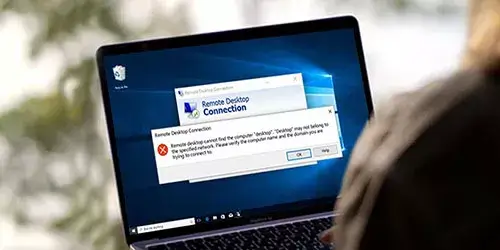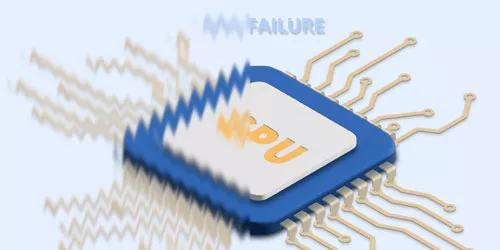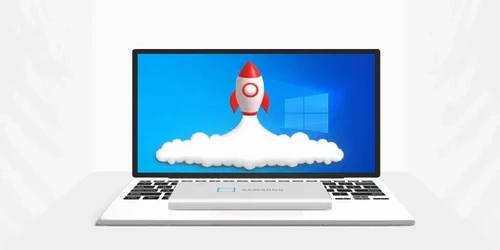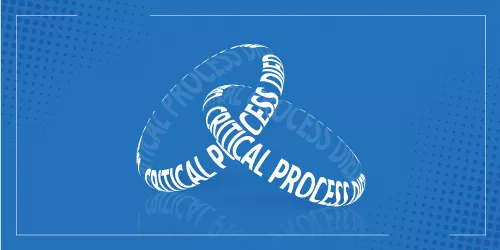Troubleshoot Effectively with a Clean Boot in Windows 11/10
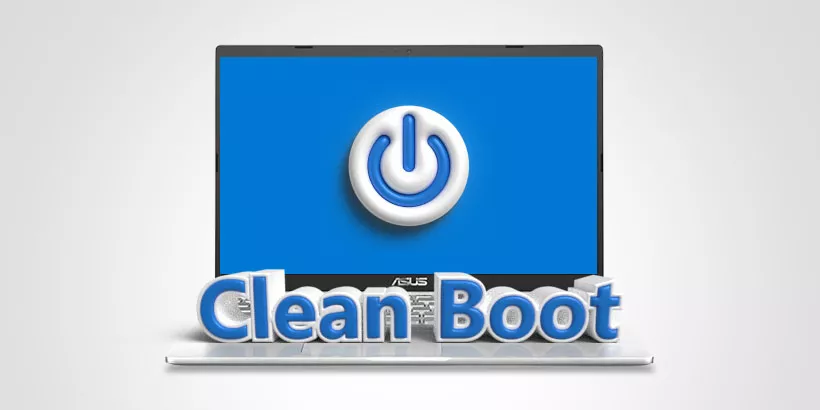
When you encounter issues with your PC, such as programs or games not functioning properly, you might have tried Safe Mode to troubleshoot. However, another powerful tool Windows offers is the clean boot, which can help isolate problems related to background programs and services. A clean boot allows you to start Windows using the minimum set of drivers and startup programs. This is an effective method to determine whether a third-party service or startup program is causing the problem. Let's walk through how to perform a clean boot in Windows 11 and Windows 10 correctly.
1. Introduction to Clean Boot
A clean boot is a diagnostic method that starts Windows with a minimal set of drivers and programs. It's particularly useful when you suspect that a third-party service or program is interfering with your system's functionality. While similar to Safe Mode, which also loads a minimal configuration, a clean boot gives you control over what services and programs are enabled. This makes it an ideal way to test if an issue is being caused by specific software running in the background.
2. Steps to Perform a Clean Boot in Windows 11/10
Before proceeding with a clean boot, ensure that you're logged into the computer with an administrator account. If you are using a standard user account, Windows will prompt you for an administrator password when necessary.
Step 1. Access the System Configuration Tool (msconfig)
- Press Windows Key + R to open the Run dialog.
- Type msconfig and hit Enter. This will open the System Configuration window.
Step 2. Select Selective Startup
- In the General tab, select Selective startup.
- Uncheck Load startup items. This step prevents non-essential startup programs from running when you restart your computer.
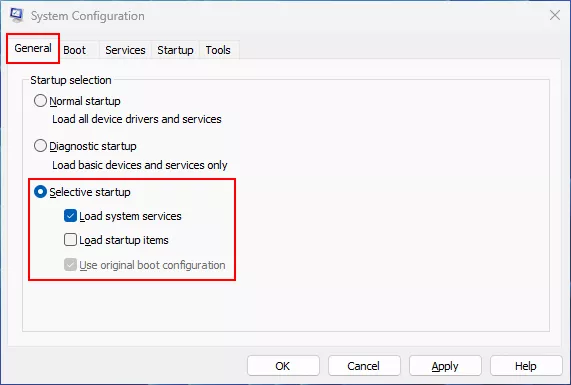
Step 3. Disable Non-Microsoft Services
- Go to the Services tab.
- Check the box next to Hide all Microsoft services. This ensures that you won't disable critical Windows services.
- After that, click Disable all to turn off third-party services that may be causing issues.
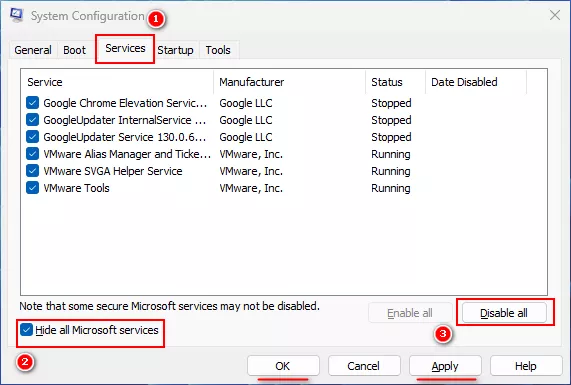
Step 4. Apply the Changes and Restart
- Click Apply, then OK to save the changes.
- When prompted, restart your computer. Your PC will now boot in a clean environment, running only essential Microsoft services and drivers.
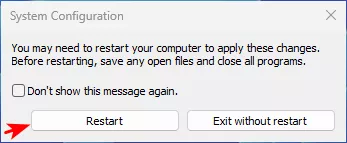
3. Troubleshooting in Clean Boot Mode
Once your PC is running in clean boot mode, you can begin troubleshooting. This environment is ideal for running tasks that were problematic before, as it eliminates interference from third-party software. Follow these steps to diagnose the issue:
- Run the problematic program or games: If it works in clean boot mode, the issue is likely being caused by one of the disabled services or startup programs.
- Use binary elimination to identify the culprit: Instead of enabling services one by one, which can be time-consuming, try re-enabling half of the disabled services. If the problem returns, you know the culprit is among the recently enabled services. If not, enable the other half and repeat this process. This binary approach speeds up the troubleshooting process.
- Once you've identified which service or startup program is responsible, you can decide whether to uninstall or update the software in question.
4. Restoring Your Computer to Normal Startup
After you've finished troubleshooting, it's important to reset your computer to start normally.
Step 1: Open the System Configuration tool by pressing Windows Key + R and typing msconfig.
Step 2: Go to the General tab and select Normal startup.
Step 3: Go to the Services tab and re-enable any services you disabled during the clean boot process by unchecking Hide all Microsoft services and clicking Enable all.
Step 4: Click Apply and OK, then restart your computer.
5. Summary
Using a clean boot can be an efficient way to troubleshoot and resolve various software and driver issues in Windows 11/10. Here's the general process:
- Identify the problem you want to troubleshoot.
- Perform a clean boot by disabling third-party services and startup programs.
- Test the environment and locate the source of the issue using binary elimination.
- Resolve the issue by updating or uninstalling problematic software.
- Restore your computer to its normal startup configuration.
If the issue persists even in clean boot mode, it's possible that the problem lies within Windows itself, in which case further troubleshooting, like entering recovery mode, might be necessary.


